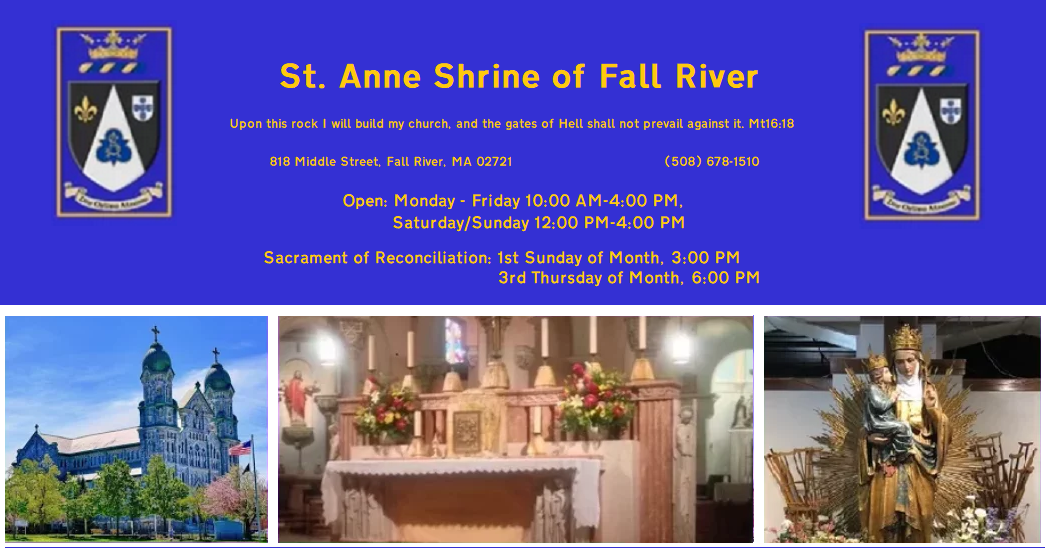In November 1887, a small group of Dominicans left Lewiston to begin a ministry in Fall River. The group included Fathers A. Louis Mothon, Charles Bernard Sauval, Françcois Bonaventure Esteva, and Mr Vital Gilbert. They were soon joined by Father Cormerais when their mission became so successful.
Father Esteva was the first pastor. He was 51 years old. Service to the people and education were the new pastor’s chief activity. Some nine months after arriving, permission is sought and granted to build a mission in the south end of the city. Land purchased by the first pastor, Father Montaubricq, now deceased, was secured and the mission quickly became a church, a school, and a new parish: Blessed Sacrament (called St Dominic while it was a mission).
Father Esteva put the Dominican parish on firm footing: he built a new school on Hope Street and another at St Dominic (Blessed Sacrament); he served as superior to the community; he founded the Confraternity of the Holy Rosary and of the Holy Name of Jesus.
During his pastorate, Pope Leo XIII officially permitted the Bishop of Providence to cede the parish to the Dominicans and official documents to that effect were signed by Bishop Harkins and the French provincial officials. The Dominican presence in Fall River was officially approved by the Dominican Council of Flavigny on July 22, 1891. In October, Father Esteva resigned as pastor of Saint Anne and returned to France.
On 14 October 1891 the parishioners rejoiced to learn that Father Esteva’s partner, Father Charles Bernard Sauval, age 43, was their new pastor.
By this time the Canadian community had grown so large that a new church was planned. It would not be a simple moving but a grandiose church that would reflect the pride of the Canadian community and be the center of pilgrimages — a rival to Saint Anne de Beaupre in Quebec!
Land was acquired up on the hill, at the corner of South Main and Middle Streets. The cost: $19,000. Since the parish did not have that much money, each parishioner bought a little piece of the land and truly, it was their parish. Interest in the proposed parish grew as plans were displayed along with the recently received statue of St Anne, the work of Maestro Stalzenburg. Great bazaars were organized.
Finally, in April 1894, contracts were signed to begin work on the proposed rectory on South Main Street, the church basement and a proposed convent for the Dominican Sisters on Park Street. James Taylor was the contractor; the price: $128,000.
Education was also stressed by Father Sauval: plans were made for the Brothers of Christian Instruction to set up a parish academy; the Grant Street school became a high school; elementary schools were built on Shove and Globe Streets; the old Hunter Street church was demolished to make more room for the parish school.
Only ten months after the plans to build a new church were announced, the Fathers moved to the top of the hill, South Main Street and occupied the basement church and a rectory next door on South Main Street. Missionary zeal and service to the people was always the byword, however, and on 29 November another mission was built: St Jean Baptiste [John the Baptist] in the Maplewood section of the city. Also, the Saint Anne Almanac began publication.
Father Sauval’s pastorate came to a sudden end. On 30 April 1901 he suffered a cerebral thrombosis and died the next day. The whole city mourned and McWhirr’s even paid all funeral expenses.
